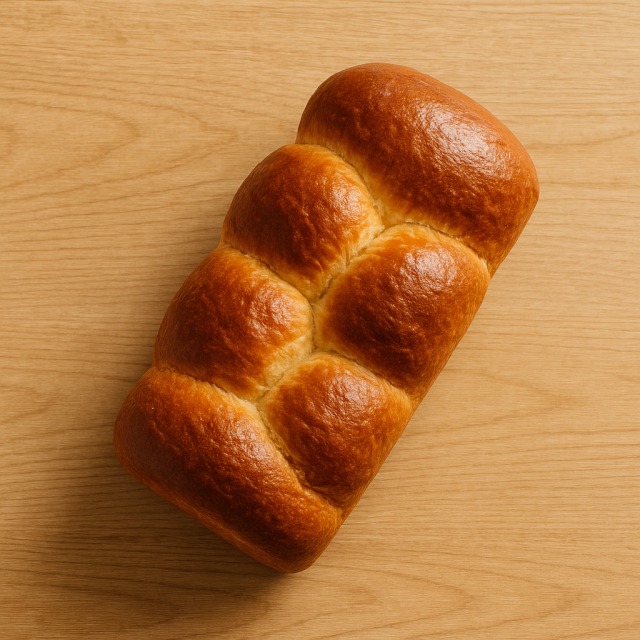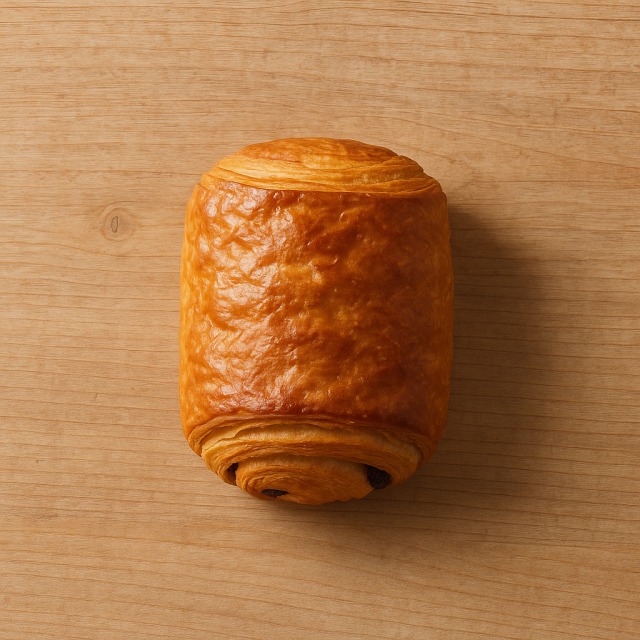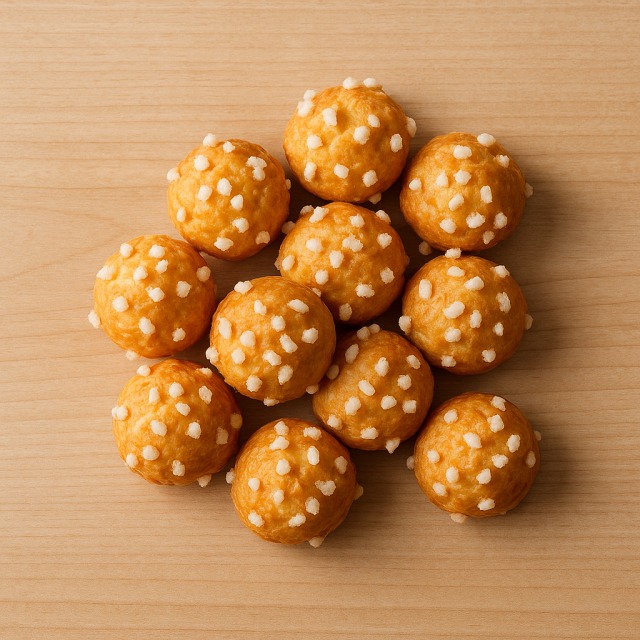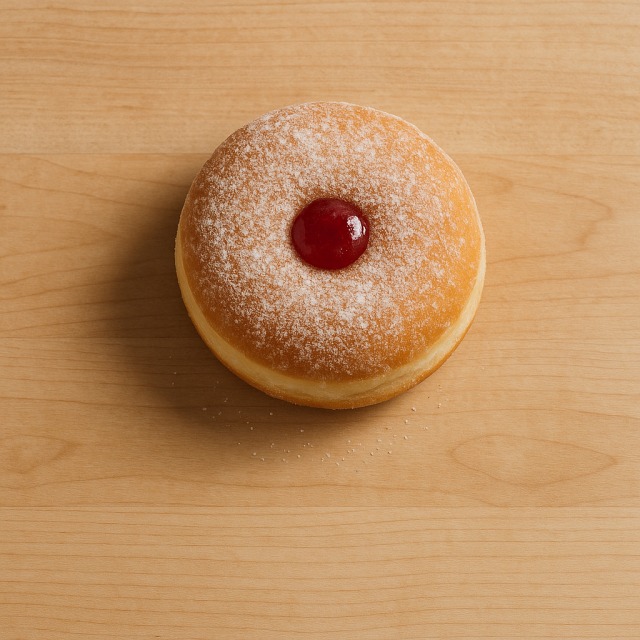Calorie Chart / Breakfast, Snacks / Milk bread roll
How Many Calories Are in Milk bread roll?
Calculation of the nutritional value & Recommended Dietary Intake of milk bread roll
For g and a calorie requirement of kcal
| Calories 128 kcal | Proteins 3.5 g | Lipids 5.3 g | Carbohydrates 17 g |
| 6% | 5% | 8% | 6% |
Health benefits of milk bread roll
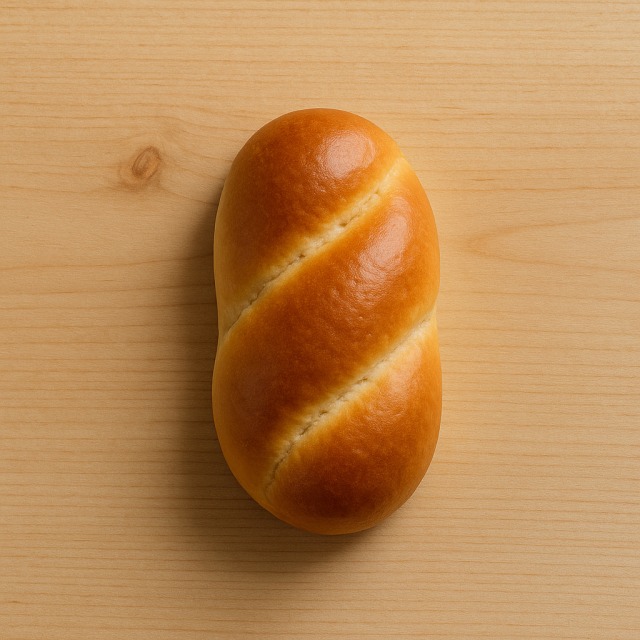
Milk bread roll - 100g
Calories 367 kcal
Proteins 10 g
Lipids 15 g
Carbohydrates 48 g
The milk bread roll is an enriched loaf that supplies roughly 367 calories per 100 g, placing it in the high-calorie family of bakery products. Its soft crumb comes from milk, butter, and a little sugar, all of which raise the energy density compared with a classic baguette.
Nutritionally, a typical portion delivers about 10 g of proteins, 48 g of carbohydrates, and 15 g of fats. Thanks to the milk, it provides useful amounts of calcium and phosphorus that contribute to bone mineralisation. Enriched white flour also brings B-group vitamins (B1, B2, B3, and folate), essential for energy metabolism—particularly interesting for athletes who watch both their macros and their calories.
Milk proteins supply tryptophan, a precursor of serotonin that may help regulate mood (a supposed benefit still being investigated). Small but significant traces of iron, magnesium, and zinc support immunity and muscle function. Combined with its rapid carbohydrates, the roll can offer a quick glycogen top-up before or after training—just keep an eye on the calories if weight management is a goal.
Historically, the French "pain au lait" appeared in the late 19th century as a softer alternative to traditional crusty breads; it later inspired Japanese "shokupan" and many modern sweet buns around the world. Whether you snack on it straight from the bakery or use it in culinary preparations, remember that pleasure and nutrition can coexist, provided the calories fit your personal targets.
Tips for incorporating milk bread roll into a balanced diet
Because the milk bread roll is calorie-dense, portion size matters. A balanced breakfast could feature half a roll topped with a poached egg and a fresh apple on the side—still satisfying, but with moderated calories and extra fibre.
For a light lunch, turn the roll into a mini sandwich: fill it with a slice of smoked salmon, a few ribbons of cucumber, and a squeeze of lemon. You add high-quality proteins and omega-3s while controlling calories better than with mayonnaise-laden options.
Looking for a comforting dessert? Transform day-old rolls into a bread pudding by soaking cubes in beaten egg, vanilla, and semi-skimmed milk; mix in some raisins for natural sweetness. Baking instead of frying keeps unnecessary calories at bay.
If you crave French toast, cook slices quickly in a non-stick pan with a touch of butter. Pair them with a bowl of strawberries or grilled banana rather than syrup to balance sugars and calories. Finally, remember that alternating with a fibre-rich option such as wholemeal bread can help stabilise blood sugar over the day.
Frequently Asked Questions
- How many calories are in a milk bread roll?
- There are 367 kcal per 100 g.
- Does toasting a milk bread roll change its calories?
- Toasting only removes a little moisture, so the calories per slice stay virtually identical; the weight becomes slightly lower, making the calorie density rise marginally.
- Milk bread roll vs. brioche: which has fewer calories?
- Milk bread roll averages 367 calories per 100 g, while brioche is closer to 386 calories. The difference is modest, but the roll usually contains a bit less butter and sugar.
- Is a milk bread roll suitable for athletes?
- Yes, its mix of fast-acting carbohydrates and proteins can support pre-workout energy or post-workout recovery; just factor the calories into your total daily intake.
Similar foods
Information provided by Calorie Menu may contain inaccuracies or errors. It cannot, under any circumstances, substitute medical advice or medication.
